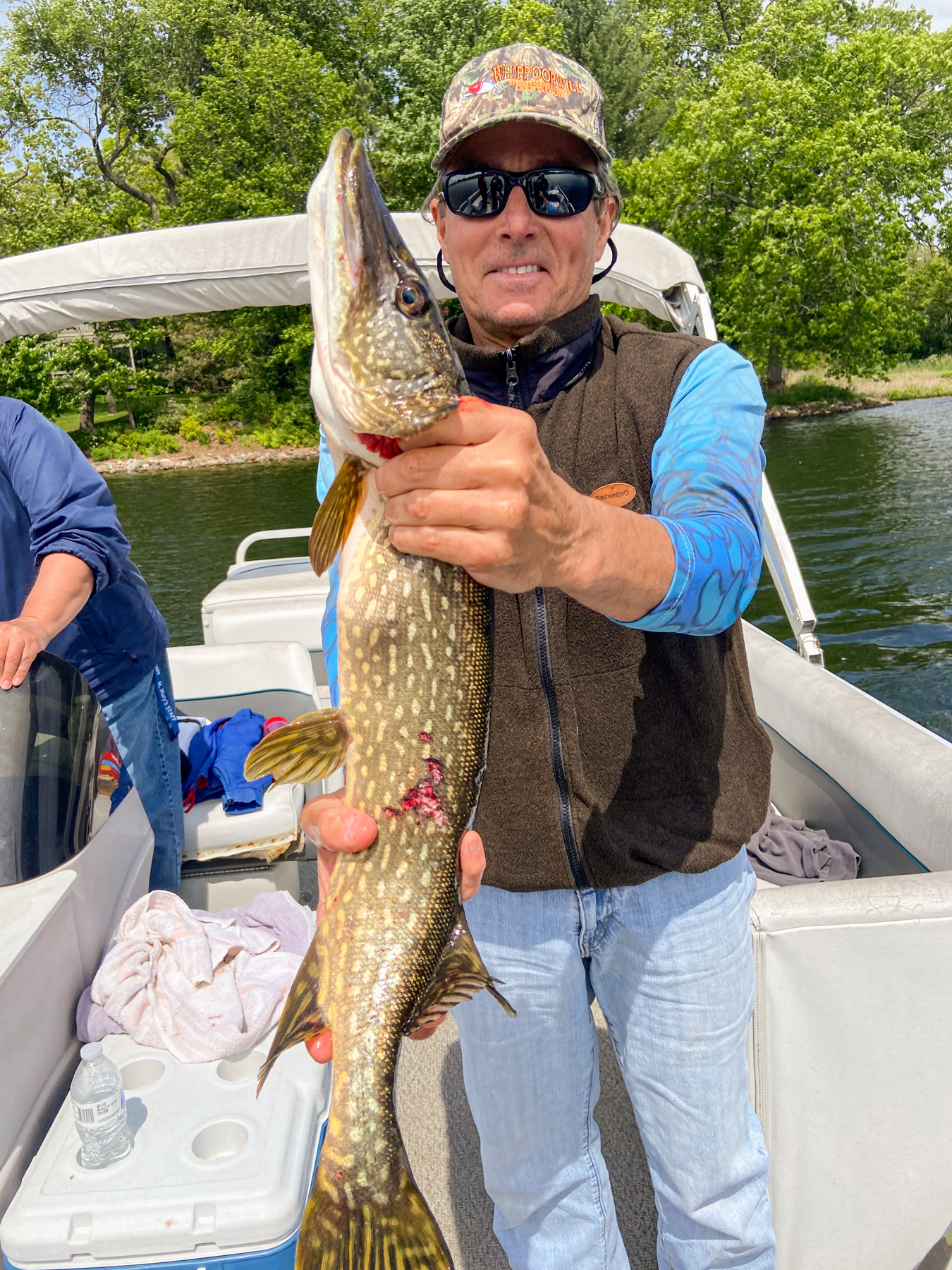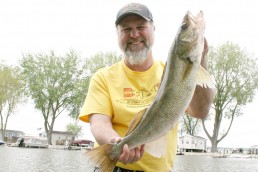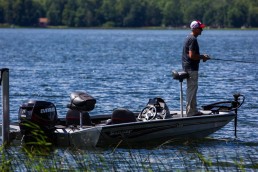The Inside Edge
SHARE THIS POST
The Upper Midwest is blessed with thousands of natural lakes that develop rooted weed growth. In some dark-water lakes, weeds are limited to relatively shallow water due to minimal sunlight penetration into the water. In very clear lakes, however, rooted weed growth can grow as deep as 20 feet or more, forming a tall, lush canopy of forest-like cover that provides ideal habitat for gamefish of all species. Lakes with middle-of-the-road water clarity typically develop weeds that grow somewhere in between.

Reservoirs that experience extreme water level fluctuations seldom develop the luxury of rooted weeds since the weeds can be submerged beneath many feet of water one year and left high-and-dry the next. But in impoundments where water levels are relatively stable, rooted weeds can and do develop to a healthy degree.
Much has been said over the year about fishing “outside” weed edges bordering deep water, as they form key cover and feeding areas for gamefish throughout much of the year. Twists, turns, pockets and transitions in weed type along this outer edge provide key concentration and feeding locales for gamefish.
Anglers also fish over the tops of mid-depth weeds using surface lures or shallow-running baits that traverse the weed tops without snagging.
And then, anglers cast shoreline-related weeds like lily pads, bulrush, cane, etc.—some submergent, some emergent. All provide obvious visual cover where outer edges and pockets in the cover hold fish like bass in the shallows.
But what’s missing? For some reason, anglers tend to fish all these forms of weed cover yet ignore one of the primary locations that weed beds provide: In a word, “inside” edges.
Are you enjoying this post?
You can be among the first to get the latest info on where to go, what to use and how to use it!

In most cases, you’ll find a band of open water between shoreline weeds and the inside edges of the first weeds growing on the adjacent flats. Fish moving from the shallows to deeper water cross these intermittent deserts until they reach the first clumps, patches or beds of weeds growing on the inner flats. And they stop there—for days or weeks until deeper weeds on the mid-depth flats begin to develop into lush habitats that attract both forage and larger fish.
Oddly enough, inside weed edges are easy to spot, particularly using polarized sunglasses on calm, sunny days. Folks using the new breed of sidescan, 360 and live imaging sonar can also detect these inside edges via electronics. Older veterans with a lifetime of looking into the water and believing what they see simply do it manually.
For late spring and early summer fishing, particularly for bass, panfish and pike, inside weed edges are killer spots that can, in fact, remain productive all summer, up until shallow weeds begin dying in fall. As such, they are an “edge” you need to keep in mind at all times. Irregularities in the edge, changes in weed thickness and type, and transitions from weeds to harder bottom where weeds can’t grow all provide ambush points for gamefish to pounce on passing baitfish. And since weeds are living, vibrant, growing forms of cover, they change throughout the seasons. Fish reposition amidst them to best take advantage of the available habitat.
We won’t belabor the point. But the next time you’re casting shoreline cover like docks or reeds and the water is clear enough to see that nothing is living there, turn around and make some casts in the opposite direction, offshore. Chances are you can reach an inside weed edge where fish might just be lined up waiting to smack your lures. You’ll never know until you try.
MWO
SHARE THIS POST
Did you enjoy this post?
You can be among the first to get the latest info on where to go, what to use and how to use it!
Dave Csanda
Dave Csanda has enjoyed 40 years in the fishing communications industry at In-Fisherman, Angling Edge and now, as editor of MidWest Outdoors. He is an inductee of both the Minnesota and National Fresh Water Fishing Halls of Fame.



